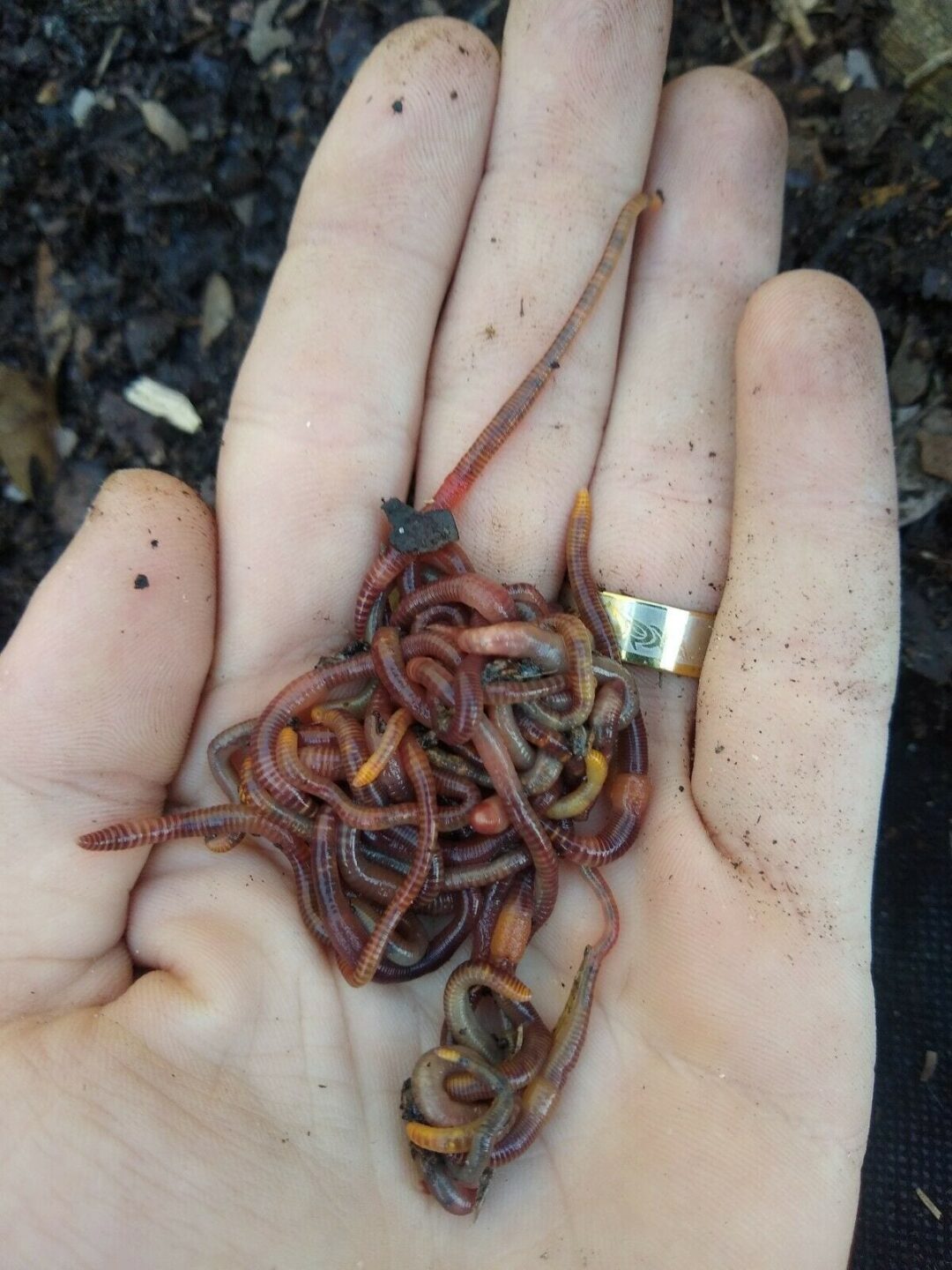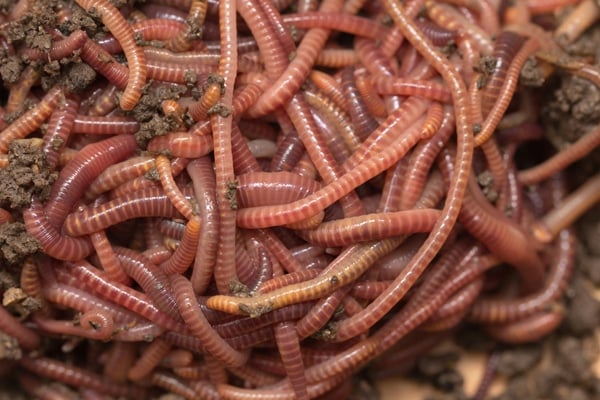Lake Hickory Bait Provides the Tools You Need for a Perfect Lawn
Lake Hickory Bait Provides the Tools You Need for a Perfect Lawn
Blog Article
Red Wigglers: The Unsung Heroes of Organic Waste Recycling
Red wigglers, or Eisenia fetida, offer as important representatives in the organic waste reusing procedure, changing discarded products into important vermicompost. As the globe progressively seeks solutions to combat waste build-up and improve agricultural productivity, recognizing the duty of these worms comes to be crucial.
What Are Red Wigglers?
The exceptional resilience of red wigglers, medically known as Eisenia fetida, emphasizes their important role in natural waste recycling. These small, reddish-brown earthworms are typically located in disintegrating raw material, such as garden compost stacks and manure stacks. Lake Hickory Bait. Unlike various other earthworm species, red wigglers grow in nutrient-rich settings and are extremely reliable at breaking down organic materials, making them essential for vermicomposting

(Lake Rhodhiss Bait)Along with their role in waste decrease, red wigglers add to dirt health and wellness by improving dirt structure and oygenation via their tunneling activities (Lake Hickory Bait). Their visibility in composting systems not just boosts decay prices but likewise advertises a sustainable technique to waste monitoring, highlighting their value in ecological conservation efforts
Benefits of Composting With Worms
Composting with worms, especially red wigglers, uses numerous benefits that improve both waste monitoring and soil wellness. First, these worms efficiently damage down organic waste, converting it into nutrient-rich vermicompost that improves soil. This procedure increases disintegration, permitting for a quicker recycling of kitchen scraps and other organic materials compared to standard composting techniques.
Furthermore, the vermicompost generated by red wigglers is including advantageous bacteria, which aid improve dirt structure, oygenation, and moisture retention. This enhances the overall health and wellness of plants, promoting vigorous development and boosted returns in gardens and agricultural settings. The usage of worms in composting lessens the production of greenhouse gases, such as methane, adding to a much more sustainable waste monitoring system.

Exactly How to Begin Vermicomposting
Establishing a vermicomposting system is an uncomplicated process that can yield substantial advantages for both waste management and soil enrichment. To begin, pick an appropriate container, such as a plastic bin or wood box, with appropriate air flow holes to make sure appropriate air movement. The measurements ought to preferably be around 2 feet by 3 feet, enabling adequate space for the worms to flourish.
Next, prepare bed linen material, which can consist of shredded newspaper, cardboard, or coconut coir. This bedding needs to be dampened to produce a suitable environment for the worms. When the bed linen is in location, present red wigglers (Eisenia fetida) into the bin, normally around one pound of worms for every square foot of surface.
Complying with the positioning of worms, include natural waste, such as fruit and veggie scraps, coffee premises, and crushed eggshells. Prevent adding milk, meat, or oils, as these can create smells and attract insects. Position the bin in a shaded, temperature-controlled area to keep optimal conditions for worm activity. With these steps, you will successfully initiate a vermicomposting system that contributes to lasting waste administration and improves your dirt.
Maintaining a Healthy And Balanced Worm Bin
(Lake Rhodhiss Bait)Maintaining a worm bin growing needs regular interest and treatment to make certain the wellness of the red wigglers and the efficiency of the composting procedure. Proper upkeep begins with checking the wetness levels; the bin must perspire however not soaked. A great guideline of thumb is to maintain an uniformity comparable to a wrung-out sponge.
Carefully blending the bedding and food scraps every few weeks stops compaction and makes certain that all worms have access to oxygen. Additionally, it is vital to feed the worms appropriately.
If the bin becomes also warm or chilly, the worms may become stressed. By diligently managing these variables, one can preserve a robust and effective worm container.
Influence On Lasting Living
The effective maintenance of a worm bin not just benefits the health and wellness of red wigglers yet likewise contributes significantly to lasting living methods. By recycling organic waste, such as kitchen scraps and backyard particles, red wigglers help draw away substantial amounts of product from garbage dumps. This reduction in waste not just reduces greenhouse gas emissions however likewise decreases the ecological concern linked with waste administration.
Additionally, the castings produced by red wigglers act as a nutrient-rich organic plant food, improving dirt wellness and advertising plant growth. This all-natural option to chemical plant foods supports lasting agriculture and horticulture practices, lowering reliance on artificial inputs that can harm ecosystems. Furthermore, worm composting fosters understanding of waste management, encouraging people and communities to embrace more lasting behaviors.

Conclusion
In summary, red wigglers work as crucial contributors to organic waste recycling with their effective decay of organic materials. Their capability to generate nutrient-rich vermicompost boosts dirt wellness and supports sustainable agricultural practices. By integrating vermicomposting into click resources waste management methods, people and areas can significantly reduce waste while advertising ecological sustainability. The function of Eisenia fetida in cultivating healthy and balanced ecosystems underscores the relevance of these microorganisms in accomplishing sustainable living and enhancing soil fertility.
Report this page